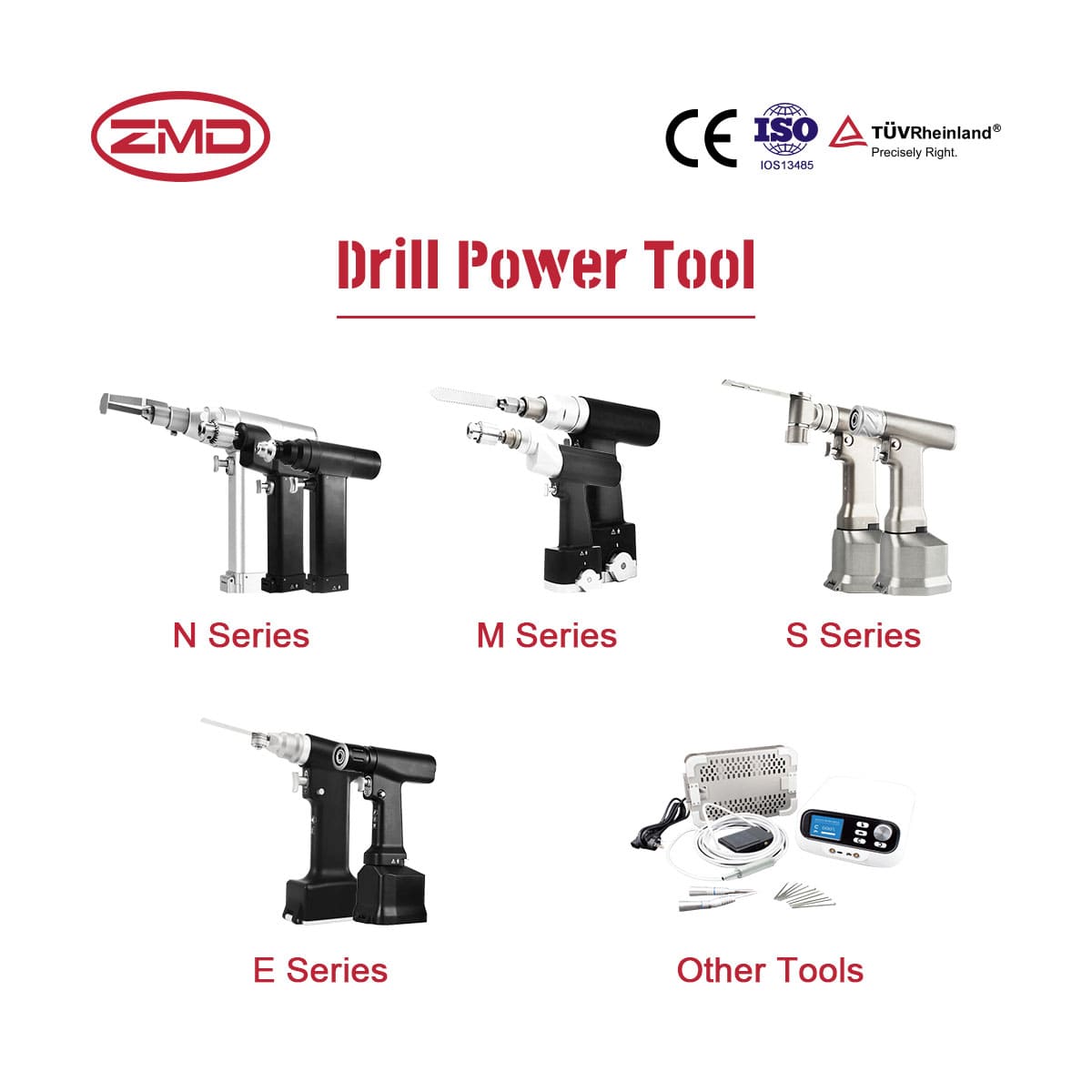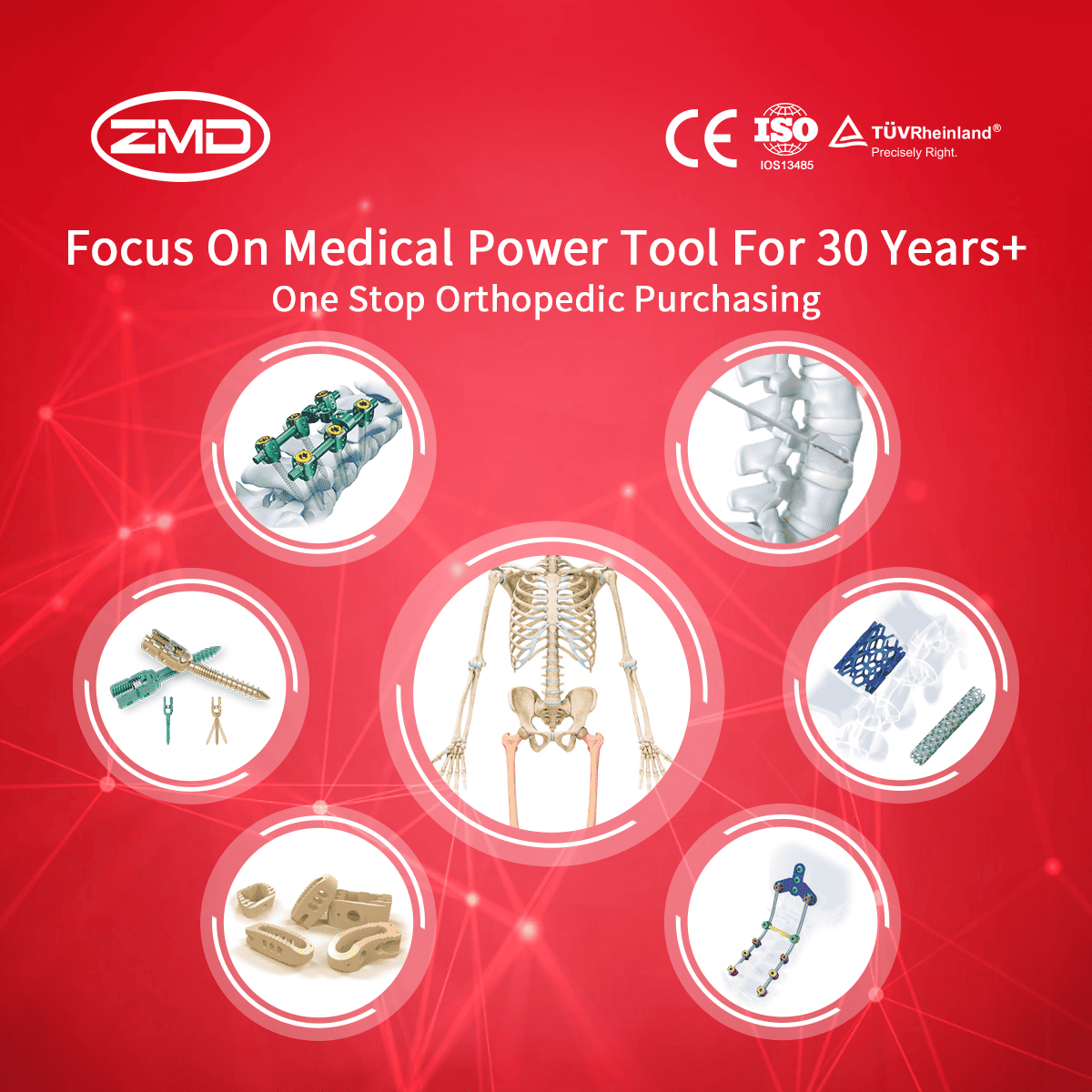Memory Alloy Connector
ZMD
Orthopedic Products
Haven't been able to locate the product you're searching for yet?
If you're interested in more Memory Alloy Connector products, feel free to get in touch with our ZMD consultants.
When Are Memory Alloy Connector Needed?
- Comminuted or multi-segmental fractures: Ideal for restoring bone alignment in fragmented fractures requiring precise, stable fixation.
- Intra-articular fractures: Their anatomically conforming design adapts to joint contours, enabling early mobilization while supporting articular surface reconstruction.
- Tiny or delicate fractures: Their small size and low weight minimize tissue trauma, making them optimal for fixing small bones (e.g., phalanges) with minimal surgical invasion.

What is a Memory Alloy Connector?
Thanks to its “shape memory effect,” this alloy can be deformed at lower temperatures for easy insertion during surgery. Once inside the body, it warms to human body temperature and reverts to its pre-set shape, ensuring a secure and customized fit around the fractured bone.
- Complex Hand Fractures: In cases of comminuted fractures, where the bone shatters into multiple fragments, or multi-segmental fractures, traditional fixation methods might fall short. Memory alloy connectors can wrap around irregular bone shapes, providing comprehensive support and precise alignment.
- Intra-articular Fractures: When fractures involve joint surfaces, anatomical accuracy is crucial. These connectors conform to the complex contours of joints, allowing for early mobilization while maintaining stability. This helps prevent stiffness and promotes faster recovery of joint function.
- Tiny Bone Repairs: Their small size and lightweight nature make them perfect for treating fractures in delicate hand bones, such as the phalanges. By minimizing the amount of material used and reducing the impact on surrounding tissues, they decrease surgical trauma and speed up the healing process.
The use of Memory Alloy Connectors often results in shorter surgical times, less tissue damage, and reduced risks of complications. Patients can typically start rehabilitation sooner, leading to better long-term outcomes in terms of hand function and range of motion.
Memory alloy connectors and patella claws operate based on the unique properties of memory alloys. With the “memory effect,” these alloys can return to a pre – set shape at a specific temperature. During surgery, they are shaped for easy implantation and maintained at low temperatures. Once inside the body, the warmth causes them to regain their original form, generating continuous self – compression to firmly hold the damaged bone in place. Their elastic modulus, similar to human bone, evenly distributes stress, preventing damage from stress concentration. Additionally, their excellent biocompatibility minimizes the risk of rejection, facilitating natural bone healing in a stable environment.
Blog
International Women’s Day: Salute to the “She – Power” at ZMD
International Women’s Day: Salute to the “She – Power” at ZMD Amid the trends of “Intelligent Medical Devices” and “Minimally Invasive Medical Technologies”, ZMD thrives
Discover Innovation with Sunan Medical at AAOS
Discover Innovation with Sunan Medical at AAOS The American Academy of Orthopaedic Surgeons (AAOS) Annual Meeting is the premier event for orthopedic professionals worldwide, offering
Visit Us at Expomed Eurasia 2025: Discover Sunan Medical’s Innovations
Visit Us at Expomed Eurasia 2025: Discover Sunan Medical’s Innovations The 32nd Expomed Eurasia, taking place from April 24-26, 2025, at the Tüyap Exhibition and















